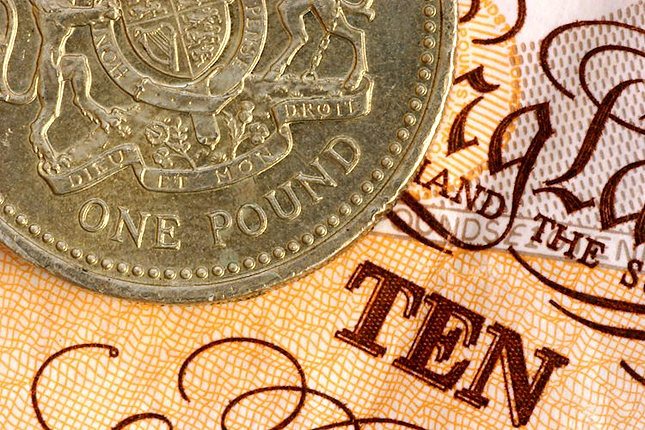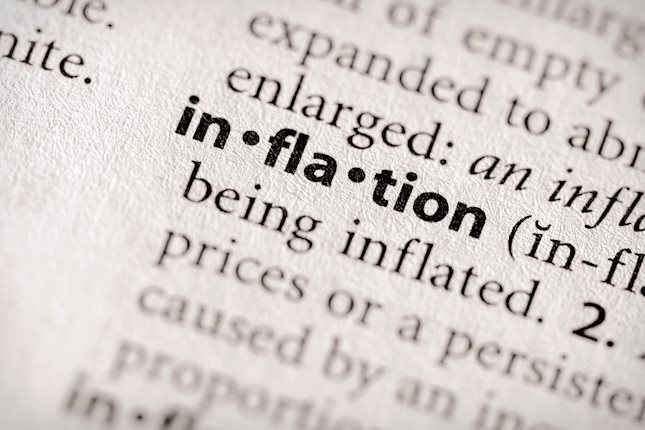Markets
US President-elect Trump announcing he will raise tariffs on imports from Canada and Mexico by 25% and the levy on China by 10% in the end only had a limited impact on markets. Early rises in yields and the dollar were largely reversed. The US yield curve closed with the 2-y 1.2 bps lower (benchmark change) and the 10-y adding 3.3 bps. However, the biggest intraday swigs came in US trading hours, not immediately after the Trump announcements. US yields initially (re)gained a few basis points on mixed regional confidence and housing data. US consumer confidence rebounded to the best level since July last year. A $70 bln 5-y auction went ok, with a slightly above average bid-tocover ratio (2.43) and a yield print close to the WI bid (4.197%). While individual policy makers evidently still put personal accents in their assessment of policy, the global tone from the Fed minutes of the November 7 meeting was that as inflation is continuing to move to the 2.0% target but the economy remaining near maximum employment, it would likely be appropriate to move gradually toward a more neutral policy stance. Uncertainty on the level of this neutral rate makes it difficult to assess the degree of policy restriction and is an additional reason for a cautious approach. Markets still see about a 60% chance on a December Fed rate cut. German yields remained under modest downward pressure easing between 0.8 bps (2-y) and 2.3 bps (10-y). US equities for now didn’t see much of a risk from the Trump tariffs announcement. The S&P 500 set a new record close (+0.57%). The dollar showed no clear directional pattern. DXY finish slightly higher from Monday’s close at 107.01.EUR/USD after an intraday rebound finish little changed (1.0489). The yen still outperformed (USD/JPY close 153.08 from 154.2).
Asian equity indices this morning are trading mixed as regional investors ponder the potential impact of Trump’s trade policy. Later today, the US calendar is well filled with amongst others a revision to the US Q3 GDP data, durable goods orders, jobless claims, the Chicago PMI and spending and income data, including the price deflators. Both the Y/Y headline (2.3%) and core (2.8%) PCE deflators are expected slightly higher from last month. The might have some intraday impact but the debate on a December rate cut won’t be concluded today as markets are counting down to the Thanksgiving weekend. US yields are in a mild correction after recent rally. In Europe, we look out how much room there is left after recent decline in yields. Even in case of a pause, the picture for EUR/USD looks fragile, with a return to the 1.0335 correction low still very well possible. Yen outperformance still continues, also this morning.
News and views
The Reserve Bank of New Zealand lowered its policy rate for a second consecutive meeting by 50 bps, from 4.75% to 4.25%. RBNZ governor Orr suggested that a third such move would come at February 19 meeting conditional on economic projections panning out. The RBNZ puts an average policy rate of 3.83% forward in Q2 2025 (vs 4.36% in August forecasts). The landing zone remains broadly unaltered (3.17% average in Q4 2026 vs 3.13%) implying no intention to bring policy rates below neutral levels. Annual inflation forecasts for Q4 2024, 2025 and 2026 stand at 2.1%, 2.4% and 2.1%, close to August levels (2.3%-2.3%-2%). The downturn in domestic activity had stabilized in recent months, following the pronounced and broad-based deterioration observed in August. Growth is expected to recover during 2025, but considerable spare productive capacity remains in the economy. NZD swap rates rebound up to 10 bps at the front end of the curve as some expected more dovish language or even already a 75 bps rate cut today. NZD/USD leaves the YTD lows around 0.58 behind to currently change hands around 0.5870.
The pace of annual Australian inflation was unchanged in October (2.1% Y/Y), the lowest level since July 2021. The significant drop from 3.8% Y/Y in June Is mainly due to price falls in Electricity and Automotive fuel prices. Core measures show a more diffuse picture. Annual trimmed mean inflation was 3.5%, up from 3.2% and similar to where it was in August. The CPI excluding volatile items and holiday travel was 2.4% Y/Y, down from 2.7% in September. The next quarterly inflation report, used as key RBA-input will only be published on Jan 29. AUD/USD remains stuck near the recent lows sub-0.65...
This non-exhaustive information is based on short-term forecasts for expected developments on the financial markets. KBC Bank cannot guarantee that these forecasts will materialize and cannot be held liable in any way for direct or consequential loss arising from any use of this document or its content. The document is not intended as personalized investment advice and does not constitute a recommendation to buy, sell or hold investments described herein. Although information has been obtained from and is based upon sources KBC believes to be reliable, KBC does not guarantee the accuracy of this information, which may be incomplete or condensed. All opinions and estimates constitute a KBC judgment as of the data of the report and are subject to change without notice.
Recommended Content
Editors’ Picks

EUR/USD regains 1.0500 and beyond as US Dollar wilts ahead of data
EUR/USD is extending the rebound above 1.0500 in the European session on Wednesday. Traders cash in on the US Dollar long positions ahead of a series if top-tier US data, lifting the pair. The USD/JPY sell-off also adds to the US Dollar downside.

GBP/USD holds gains near 1.2600, US PCE data eyed
GBP/USD extends the bullish momentum to trade near 1.2600 in European trading on Wednesday. The pair remains underpinned by a sustained US Dollar weakness and risk-off sentiment as traders turn cautious ahead of top-tier US data releases.

Gold price climbs above $2,650 on trade war concerns, sliding US bond yields and softer USD
Gold price sticks to modest intraday gains near a two-day high, above the $2,650 level, through the first half of the European session as geopolitical risks and US President-elect Donald Trump's tariff plans drive haven flows for the second straight day.

US core PCE inflation set to hold steady, raising doubts on further Federal Reserve rate cut
The United States Bureau of Economic Analysis (BEA) is set to release the Personal Consumption Expenditures (PCE) Price Index data for October on Wednesday at 13:30 GMT.

Eurozone PMI sounds the alarm about growth once more
The composite PMI dropped from 50 to 48.1, once more stressing growth concerns for the eurozone. Hard data has actually come in better than expected recently – so ahead of the December meeting, the ECB has to figure out whether this is the PMI crying wolf or whether it should take this signal seriously. We think it’s the latter.

Best Forex Brokers with Low Spreads
VERIFIED Low spreads are crucial for reducing trading costs. Explore top Forex brokers offering competitive spreads and high leverage. Compare options for EUR/USD, GBP/USD, USD/JPY, and Gold.